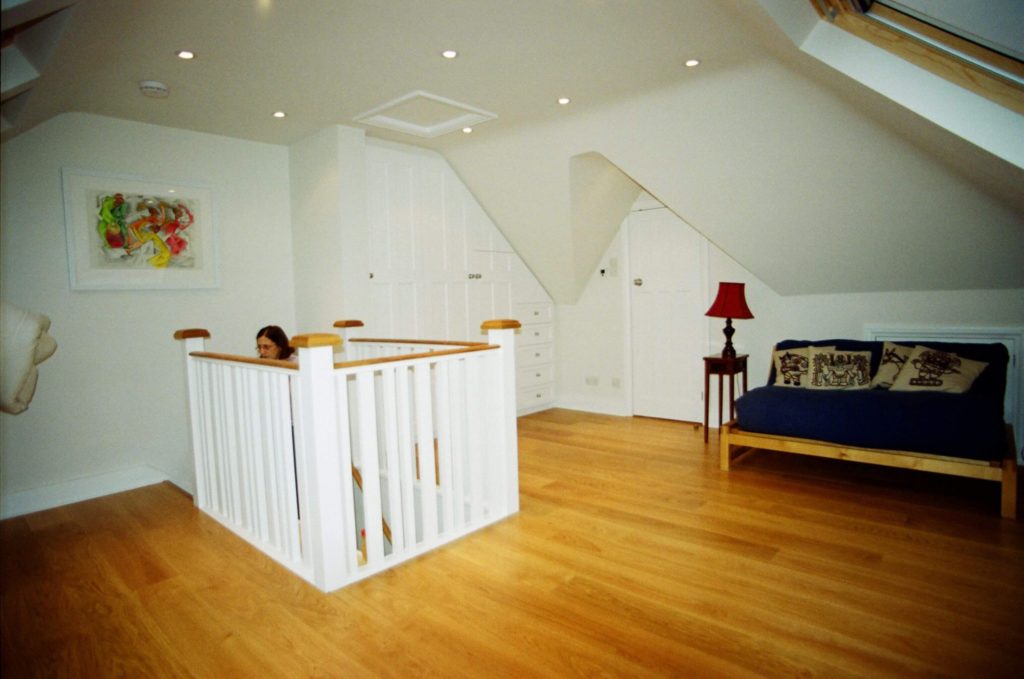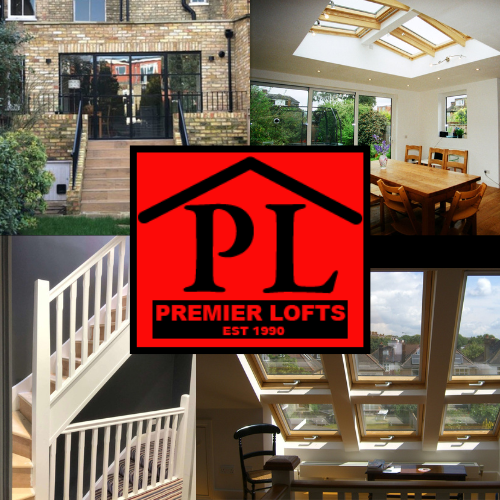If you are looking to make dramatic changes to your home, then it is more than likely that you will require permission from your local planning authority before being able to go ahead with implementing these changes. However, it is not always the case that you require planning permission for any type of renovation to your building: there are many projects that can fall under the category of Permitted Developments. This means that you do not require permission from authorities.
Nevertheless, do keep in mind that there are limitations when it comes to Permitted Development, so always double-check before going ahead with the project. This is because if you live in a listed building, a Conservation Area, or have already carried out a number of home improvements, you may not be able to do these works.
In this guide, we explain the kinds of home renovation projects you can carry out that fall into the category of Permitted Developments.
Garage conversions
If you are converting an attached building into a living space then you will not need to apply for planning permission. however, if the garage is a standalone one, then things change: you will need to apply for consent under Building Regulations.
Roof lights
It is possible under Permitted Developments to make changes to the roof of the dwelling such as through adding roof lights, providing that they do not project further than 15 cm from the roof slope.
Roof lights do not fall under this category if your building is in an Area of Outstanding Natural Beauty, or if it is in a Conservation Area.
Loft conversion
It is possible to carry out a loft conversion without needing planning permission too.

Not all loft conversion requires planning permission.
There are limitations when it comes to this regarding cubic content, but you will find that up to 40m cubed is usually accepted.
Conservatories
It might come as a surprise that it is also possible for you to add a conservatory to your property without having to apply for planning permission.
Adding a porch
In the majority of cases, it is possible for you to create a new porch without having to get planning permission first, providing that it meets the criteria below:
- It is not within 2m of any boundary that is adjacent to a highway
- The porch is not taller than 3m
- The ground area is not more than 3 m squared.
Building a swimming pool
Did you know it is also possible for you to build a swimming pool in your garden under your Permitted Development rights? This is providing that the total area that is covered by this pool is no more than half othe area of the garden curtilage.
Solar panels
If you want to boost your electricity savings by adding solar panels to your home, you will be pleased to know that solar panels do not require planning permission. The only exception is if you are looking to run ground mount solar panels – like a bunch of solar panels on your land because this is considered permitted development and also if you have a listed building, because any additions are always subject to planning. You may or may not need planning if you are adding panels in a conservation area.
Since there is no planning required for your home and they are most effective on slanted roofs, it is certainly valuable to consider adding them to your loft conversion.

Typically, it is not necessary to get planning permission for solar panel installation.
As long as the solar panels do not protrude more than 200mm beyond the plane of the roof or wall, and the tallest part of the panels is not higher than the tallest part of the roof, it is accepted. This may not necessarily be the case if you live in a listed building or a Conservation Area.
Single-story extension
You might be surprised to also discover that providing that it meets certain requirements (such as some of the ones featured in the list below) a single-story extension will not require planning permission. But it will need to:
- Have similar materials used
- The single-story extension must not sit forward of the principal elevation
- The rear extension must be no more than 4 m depth if it is a detached house, or 3 m depth for semi-detached or terrace.


